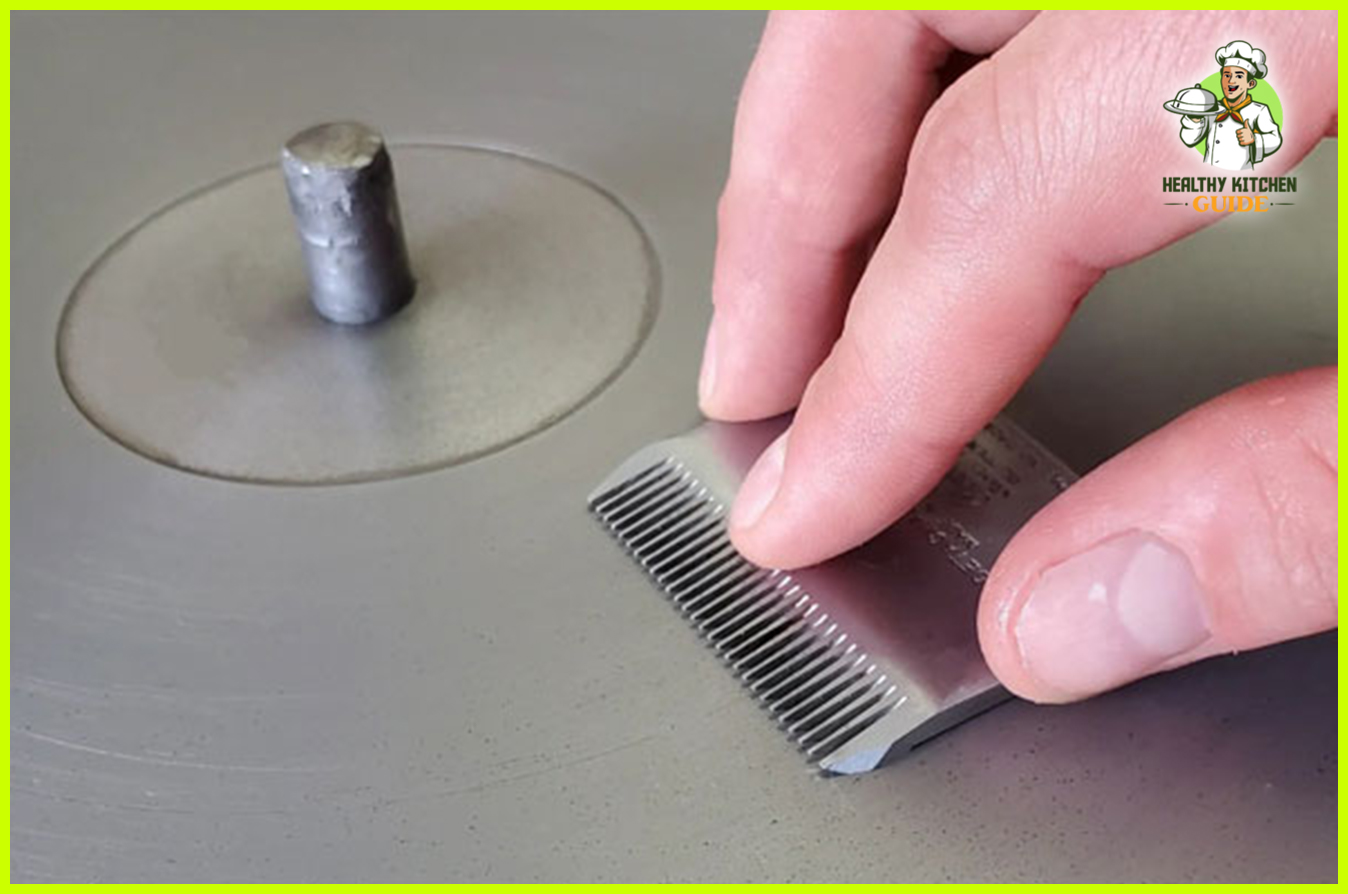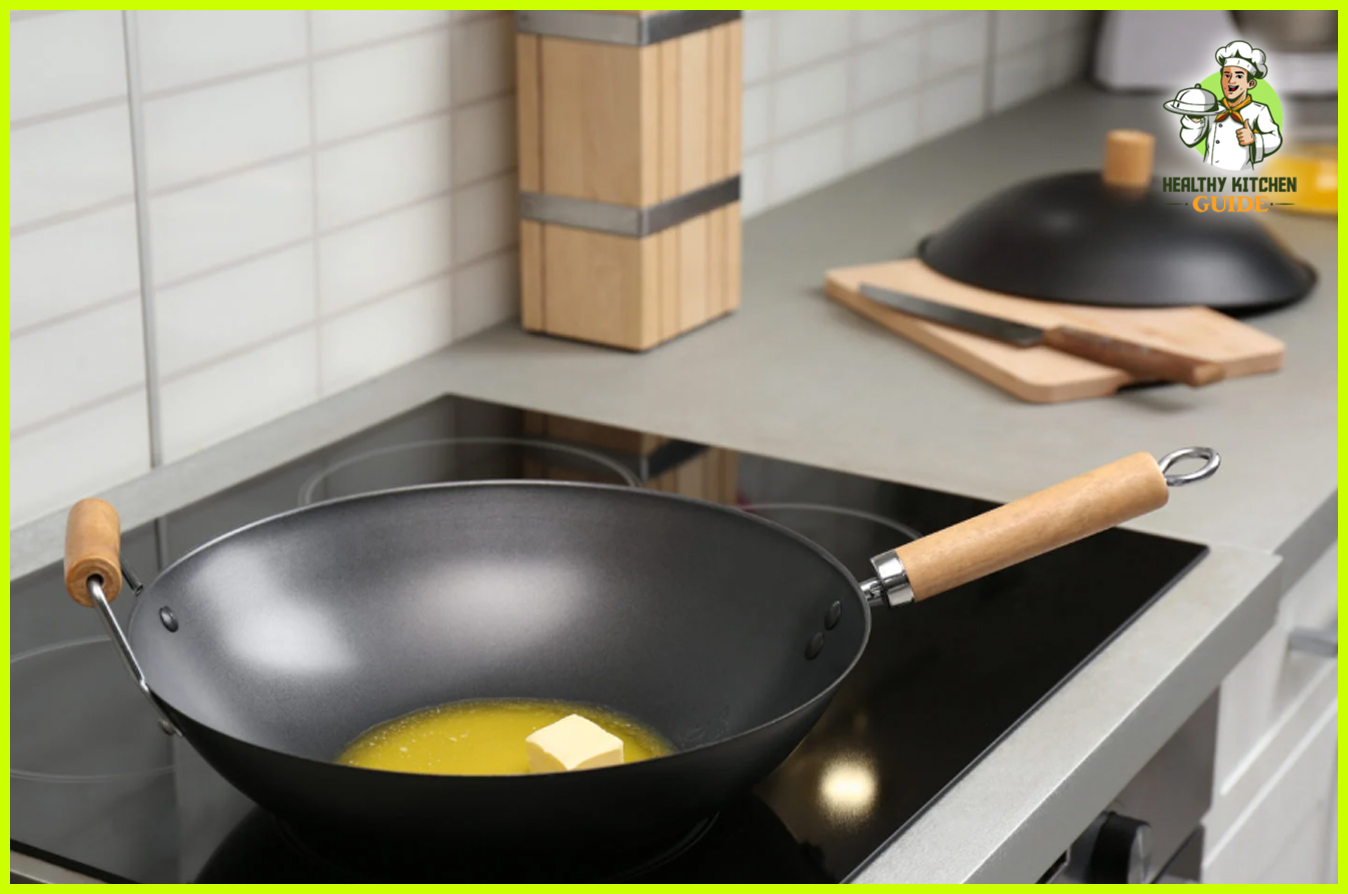To make a knife razor sharp, use a sharpening stone and apply consistent pressure while maintaining a consistent angle throughout the process. Want to achieve a razor-sharp edge on your knife?
Sharpening your knife is essential for optimal performance and safety. A dull knife can be frustrating and dangerous to use. Thankfully, you can easily restore its sharpness with a few simple steps. We will guide you on how to make a knife razor sharp using a sharpening stone.
By following these steps and applying consistent pressure, you’ll have a razor-sharp knife ready for any task. Stay tuned to learn the secrets of achieving a sharp blade that effortlessly cuts through even the toughest materials.
The Importance Of Razor Sharp Knives
The importance of having razor sharp knives cannot be overstated. Sharp knives are essential for cooking, not only for performance but also for safety reasons. When your knives are razor sharp, you can effortlessly slice through ingredients with precision and ease, saving you time and ensuring consistent results.
Having sharp knives also improves safety in the kitchen. Dull knives require more force to cut through food, increasing the risk of slips and accidents. On the other hand, sharp knives reduce the likelihood of the blade slipping, providing you with better control and minimizing the chances of injury. Additionally, sharp knives reduce the need for excessive pressure, preventing the food from being crushed or squished, which can affect its texture and presentation.
Investing time and effort into keeping your knives razor sharp will pay off in the long run, enabling you to enjoy the benefits of quick and precise cutting while ensuring your safety in the kitchen.
Understanding Knife Sharpening Techniques
Knife sharpening is a crucial skill that every cooking enthusiast should master. By maintaining a razor-sharp edge on your knife, you can achieve precise and effortless cuts, ensuring optimal performance in the kitchen. In this blog post, we will explore the various methods you can use to sharpen your knives.
Introduction To Knife Sharpening
Before delving into the different techniques, it’s essential to understand the basics of knife sharpening. The process involves removing metal from the blade to create a new edge. Over time, due to regular use, the cutting edge of a knife becomes dull and requires sharpening.
Different Methods For Sharpening Knives
There are several methods available for sharpening knives, each with its advantages and techniques. Some popular options include:
- Wet Stone Sharpening: This traditional method involves using a wet stone to grind and hone the blade’s edge. It provides precise control and allows for achieving a sharp edge.
- Honing Rod Sharpening: Honing rods are often used to maintain the sharpness of a knife rather than sharpening extensively. They help maintain the blade’s alignment and remove slight imperfections.
- Electric Knife Sharpeners: Electric sharpeners are convenient and offer quick and automated sharpening. They are suitable for regular maintenance but may not be ideal for extensive sharpening.
Choosing the Right Sharpening Technique for Your Knife
To determine the most suitable sharpening technique, consider factors such as the type of knife, its condition, and your personal preferences. Experimenting with different methods will help you find the one that yields the best results for your specific needs.
Step-by-step Guide To Sharpening Your Knife
To sharpen your knife razor sharp, you need to first prepare your workstation. Find a clean, well-lit area with a stable surface. Place a cutting board or a towel to ensure stability and protect your countertop from any scratches or damage. Make sure all your sharpening tools, including wet stones or honing rods, are within reach.
Before you start sharpening, assess the sharpness of your knife. Gently glide your finger along the blade, being cautious not to cut yourself. If the blade slides smoothly without any resistance, it may not need immediate sharpening. However, if it feels dull or snags on your finger, it’s time to sharpen it.
The angle at which you hold your knife against the sharpening tool is crucial. Different knives may require different angles, so consult your knife’s manufacturer guidelines for optimal results. Typically, a 20-degree angle is suitable for most kitchen knives. However, certain specialty knives may require a steeper or shallower angle.
When sharpening your knife with a wet stone, start by soaking the stone in water for the recommended amount of time. Position the knife on the stone, ensuring the blade is at the desired sharpening angle. Using controlled, firm strokes, move the blade across the stone, maintaining a consistent angle throughout. Flip the knife and repeat the process on the other side.
After sharpening, it is essential to hone your knife to refine the edge. Utilizing a honing rod, hold it firmly at a 15-degree angle. Position the knife against the rod, starting from the base and moving towards the tip. Execute smooth, sweeping motions on both sides of the blade. This process helps align and maintain the sharp edge.
After sharpening and honing, test the sharpness of your knife. Carefully use the blade to slice through a piece of paper or effortlessly cut through a tomato. If the knife glides through without resistance or tearing, congratulations on achieving a razor-sharp edge.
To keep your knife sharp, incorporate regular honing into your routine. Frequent honing helps maintain the sharpness by realigning the edge. Regular honing can extend the time between sharpening sessions and ensure your knife remains razor-sharp for longer.
Another option for sharpening your knife efficiently is using an electric knife sharpener. Prioritize safety and carefully read the manufacturer’s instructions before use. Take precautions such as wearing protective gloves and goggles to prevent any potential accidents.
Get familiar with your electric knife sharpener’s features and functions. Different models may have different settings, such as coarse or fine sharpening options. Understand how to operate the sharpener safely and effectively.
Ensure the sharpener is placed on a stable, non-slip surface. Secure it in place to prevent any movement or accidents during sharpening. Follow the manufacturer’s guidelines for properly setting up the electric knife sharpener.
Once the sharpener is set up, carefully position the knife blade into the designated sharpening slot or wheel. Apply gentle and even pressure as the blade passes through the sharpener. Follow the manufacturer’s recommended number of passes or cycles for optimal sharpening results.
Avoid skipping the crucial step of testing the sharpness of your knife after using an electric sharpener. Use the same techniques as mentioned earlier, such as cutting through paper or effortlessly slicing tomatoes, to verify the effectiveness of the sharpening process.
Tips And Tricks For Maintaining Knife Sharpness
Proper knife maintenance is essential for keeping a knife razor sharp. Storing knives properly is the first step towards maintaining their sharpness. Knives should always be stored in a designated knife block or on a magnetic strip to protect the edges. Regular cleaning and maintenance are also crucial for preserving sharpness. Knives should be cleaned by hand immediately after use and dried thoroughly to prevent rust or corrosion.
Avoiding cutting surfaces that dull knives is another important tip. Hard surfaces, such as glass or granite, can dull knife blades quickly. Opt for softer surfaces like wooden or plastic cutting boards to preserve the sharpness of the blade for longer periods.
Using knife guards is a simple yet effective way to protect the blade when the knife is not in use. These guards not only safeguard the blade from damage but also prevent accidental cuts while reaching into a drawer or utensil holder.
Lastly, professional knife sharpening services can help restore a knife’s edge to its original sharpness. These services use specialized equipment and techniques to achieve a professional-level sharpness. It is recommended to have knives professionally sharpened every six months or as needed, depending on usage.
Frequently Asked Questions On How To Make A Knife Razor Sharp
How Can I Make My Knife Razor Sharp?
To make your knife razor sharp, you need to start by sharpening it with a whetstone and following the correct technique.
What Is The Best Angle To Sharpen A Knife?
The best angle to sharpen a knife is typically between 15 to 20 degrees, but it may vary depending on the type of knife and its intended use.
What Is The Difference Between Honing And Sharpening?
Honing is the process of realigning the blade’s edge, while sharpening involves removing material to create a new edge.
How Often Should I Sharpen My Knife?
The frequency of sharpening your knife depends on how frequently you use it. Generally, it is recommended to sharpen it every few months or when you notice a decrease in performance.
Can I Use A Knife Sharpener Instead Of A Whetstone?
Yes, a knife sharpener can be used as an alternative to a whetstone. However, it is important to choose a high-quality sharpener with adjustable angles to achieve the desired results.
What Are The Signs That Indicate A Knife Needs Sharpening?
Signs that indicate a knife needs sharpening include decreased cutting performance, difficulty in slicing through food, and visible dullness or damage to the blade’s edge.
Conclusion
To achieve a razor-sharp edge on your knife, it’s essential to follow the right techniques and tools. By understanding the importance of angle, pressure, and using appropriate sharpening stones, you can enhance your cutting experience and extend the lifespan of your blade.
Remember to regularly maintain your knife’s sharpness, as a well-maintained edge ensures a safer and more efficient cutting experience. So, equip yourself with the knowledge and practice required, and get ready to elevate your knife skills to the next level.
Happy sharpening!




Leave a Reply